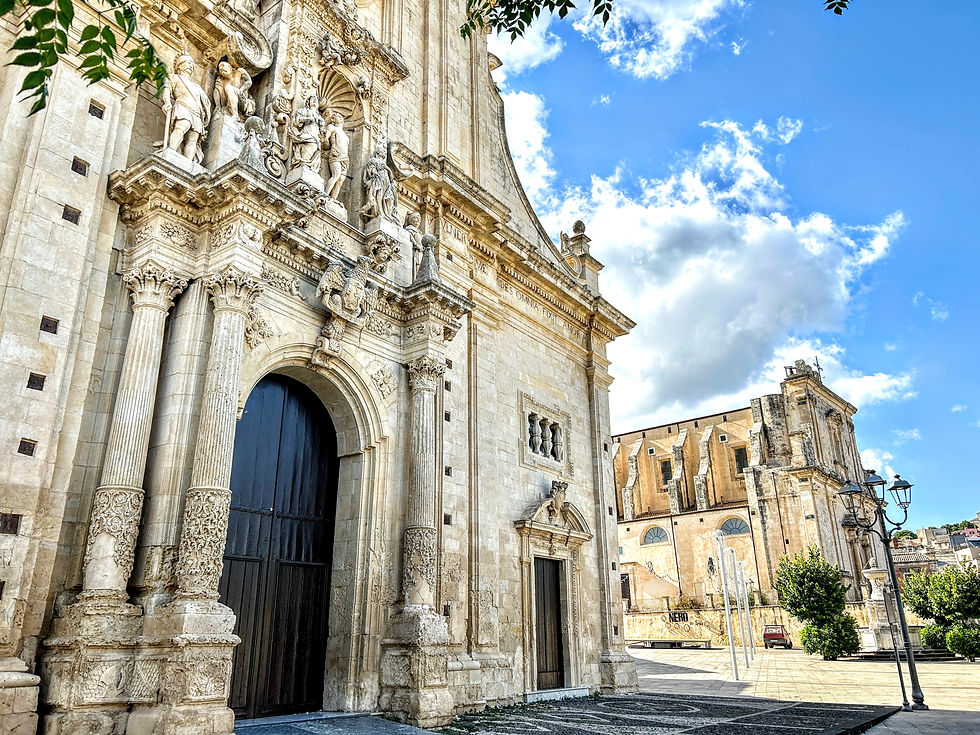An exemplary model of a fortified medieval village with a regular grid of orthogonal streets, closed by a curtain wall interrupted by four doors... #tuttitaly
Cherasco is an Italian town in the province of Cuneo in Piedmont, located on a plateau at the confluence of the Stura di Demonte and Tanaro rivers.
The Ghibellines built Cherasco in 1243 near the settlement of a Roman village called Clerascum.
Cherasco is an exemplary model of a fortified medieval village with a regular grid of orthogonal streets, closed by a curtain wall interrupted by four doors at the end of the two main streets.
The town passed to the Guelph faction of Charles of Anjou shortly after its foundation.
In 1277 Cherasco passed again to the Ghibellines with Alba, Asti, and Chieri. In 1303 the city passed under the dominion of the Anjou, and in 1347 it was ceded to Amedeo VI of Savoy.
The Duke of Milan had his castle, the Savoy was driven out, and Luchino Visconti became the town's owner. With the marriage between Valentina Visconti and Louis I of Valois-Orléans, Cherasco was ceded to the French. Only in 1559 did the Savoy regain possession thanks to the peace treaty of Cateau-Cambrésis.
The Savoy family embellished the city with churches, palaces, and a new set of walls designed by Ascanio Vittozzi.
Being immune to the terrible plague of 1630, the following year, the plenipotentiaries of Austria, France, Spain, Monferrato, and Mantua gathered there with the intervention of Cardinal Mazarino and Vittorio Amedeo I to end the war for succession of Mantua and Monferrato.
In 1647 the Arco del Belvedere was built, one of the town's symbols.
On April 23, 1796, the French besieged Cherasco; Napoleon
Bonaparte entered the city and lodged there at Palazzo Salmatoris.
Napoleon had the outer half of the castle and all the ramparts surrounding Cherasco demolished, replacing them with the avenues that enclose the historic center.
To be seen
From the sixteenth century until the beginning of the twentieth century, Cherasco was the seat of a small Jewish community.
The eighteenth-century synagogue in the large block of the ghetto (at the corner between today's via Marconi and Vittorio Emanuele) and the small cemetery via Salita Vecchia, at the entrance to the town, bear witness to its history.
Palazzo Salmatoris in the heart of the city, built in 1620. Also known as Palazzo della Pace, it witnessed critical historical events in the town: the signing of the agreements that put an end to the war of succession of Mantua and Monferrato in 1631; the custody of the Holy Shroud in 1706; the signing of the armistice between Napoleon and the Savoy kingdom in 1796 (remembered as Peace of Cherasco). Today the palace is an important cultural center and hosts international art exhibitions.
Among the religious buildings, we remember the church of Sant'Agostino of 1672, the Church of the Madonna delle Grazie, the church of San Pietro of the XII-XIII century, the Church of San Martino of the XIII-XIV century, and the Sanctuary of the Madonna del people.
The Kisses of Cherasco
In 1881, a young pastry chef returning from an apprenticeship in Turin founded the Barbero pastry shop. Here the Baci di Cherasco was produced for the first time, a chocolate that became characteristic of the town.


























Comments